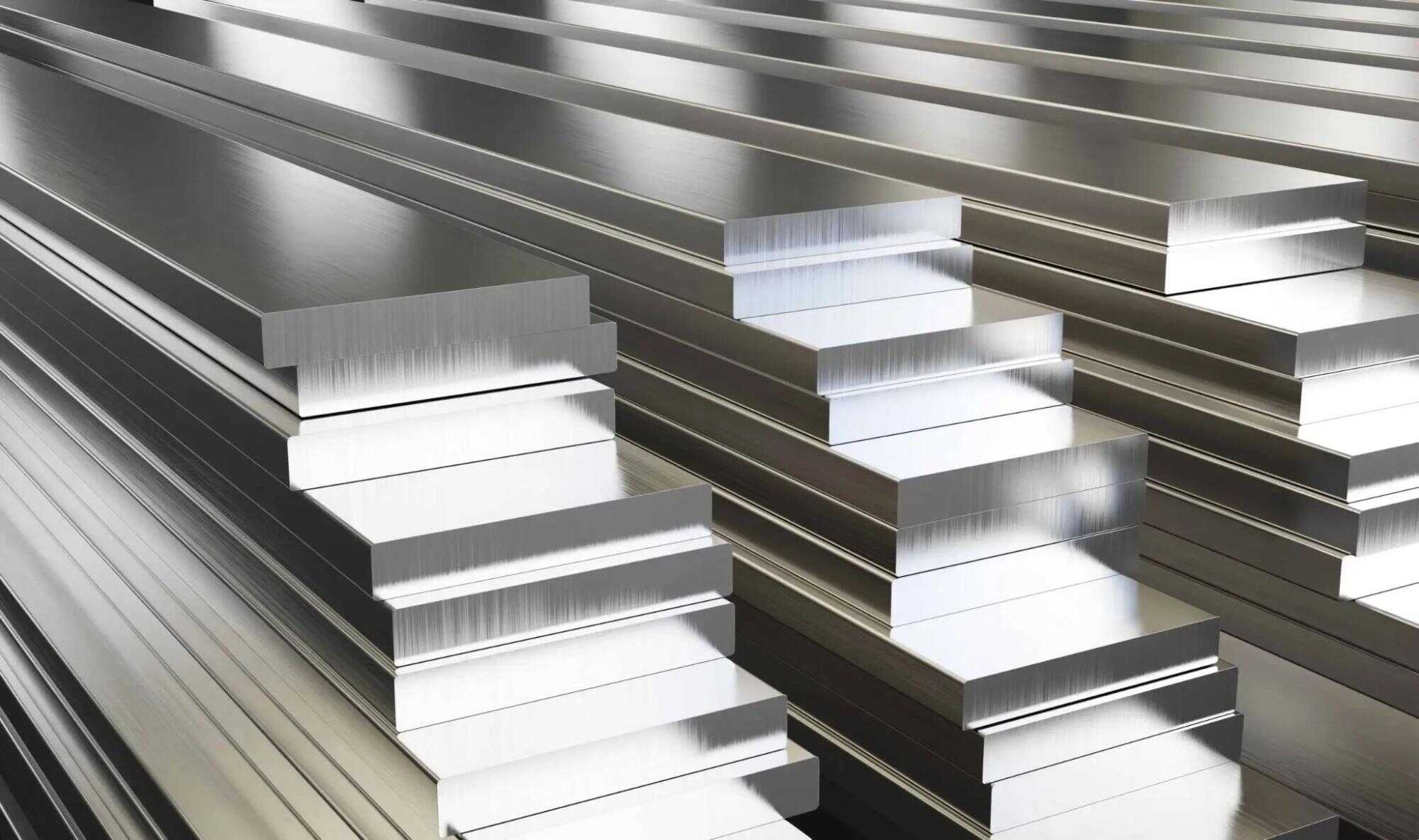Introduction: The Role of Annealing in Stainless Steel Sheets Processing
Stainless steel sheets are widely used in industries ranging from construction to automotive due to their remarkable strength, corrosion resistance, and versatility. However, the production and shaping of these materials often require thermal treatments, among which annealing plays a pivotal role. Understanding the annealing process is essential for ensuring the quality and performance of stainless steel sheets, making it a critical topic for manufacturers and stainless steel sheets suppliers.
1. What is Annealing and Why is it Crucial for Stainless Steel Sheets?
Annealing is a heat treatment process that involves heating stainless steel sheets to a specific temperature, holding them at that temperature, and then cooling them at a controlled rate.
- Purpose of Annealing:
- Relieve internal stresses induced during manufacturing processes such as rolling and forming.
- Improve ductility and toughness, making the material easier to work with.
- Refine grain structure, enhancing the mechanical properties and surface quality of stainless steel sheets.
Many stainless steel sheets suppliers recommend annealing as a standard practice to ensure optimal material performance for various applications.
2. Steps Involved in the Annealing Process for Stainless Steel Sheets
The annealing process for stainless steel sheets consists of three main steps: heating, soaking, and cooling.
- Heating:
The sheets are heated to a temperature range of 1,040°C to 1,120°C, depending on the grade of stainless steel. This temperature allows the steel to reach a state where recrystallization can occur. - Soaking:
The sheets are maintained at the annealing temperature for a specified duration to ensure uniform heat distribution throughout the material. - Cooling:
Controlled cooling, often through air or water quenching, is critical to prevent the formation of undesirable phases and ensure optimal mechanical properties.
These steps must be meticulously controlled, and many stainless steel sheets suppliers offer guidance on the precise parameters required for different steel grades.
3. Benefits of Annealing Stainless Steel Sheets
Annealing provides several benefits that make it indispensable for producing high-quality stainless steel sheets.
- Enhanced Workability:
Annealed sheets exhibit improved ductility, allowing manufacturers to shape and form them into complex designs without cracking or breaking. - Stress Relief:
By removing residual stresses, annealing prevents warping and distortion during subsequent manufacturing steps. - Improved Corrosion Resistance:
Proper annealing ensures the formation of a uniform microstructure, which is crucial for maximizing the corrosion resistance of stainless steel sheets. - Refined Surface Finish:
Annealed sheets have a smoother surface, making them suitable for aesthetic applications such as architectural panels.
For these reasons, stainless steel sheets suppliers often emphasize the importance of annealing in achieving consistent and reliable material properties.
4. Types of Annealing Processes for Stainless Steel Sheets
Different types of annealing processes are used based on the intended application of the stainless steel sheets.
- Full Annealing:
This involves heating the steel to its recrystallization temperature, making it soft and ductile. - Stress-Relief Annealing:
This process targets the elimination of residual stresses without significantly altering the material’s hardness. - Bright Annealing:
Conducted in a controlled atmosphere, this method prevents surface oxidation, resulting in a bright, reflective finish ideal for decorative applications. - Soft Annealing:
Used primarily for grades with high hardness, this method reduces brittleness and improves machinability.
Stainless steel sheets suppliers often specify the type of annealing process based on customer requirements and end-use applications.
5. Challenges and Considerations in Annealing Stainless Steel Sheets
While annealing is beneficial, it also presents certain challenges that must be addressed to ensure the best outcomes.
- Temperature Control:
Precise control of the heating and cooling rates is critical to avoid issues like carbide precipitation, which can degrade corrosion resistance. - Atmosphere Management:
Exposure to oxygen during annealing can lead to scaling and discoloration. Using inert gases such as nitrogen or argon minimizes oxidation, a practice commonly adopted by professional stainless steel sheets suppliers. - Energy Consumption:
Annealing is an energy-intensive process, and manufacturers are increasingly adopting energy-efficient technologies to reduce costs and environmental impact.
Understanding these challenges helps manufacturers and stainless steel sheets suppliers optimize their annealing processes for maximum efficiency and quality.
6. Applications of Annealed Stainless Steel Sheets
Annealed stainless steel sheets are used in a wide range of applications due to their enhanced properties.
- Aerospace Industry:
Annealed sheets provide the necessary ductility and strength for critical components such as brackets and structural panels. - Medical Equipment:
The smooth, corrosion-resistant surface of annealed sheets makes them ideal for surgical instruments and hospital fixtures. - Food and Beverage Industry:
Annealed stainless steel sheets are commonly used in food processing equipment due to their hygienic properties and easy cleanability. - Architectural Design:
The aesthetic appeal of bright-annealed sheets makes them a popular choice for interior and exterior design elements.
Stainless steel sheets suppliers cater to these industries by offering annealed products tailored to specific performance and aesthetic requirements.
Conclusion: The Value of Annealing for Stainless Steel Sheets
The annealing process is a cornerstone of stainless steel manufacturing, ensuring that stainless steel sheets achieve the desired combination of strength, ductility, and corrosion resistance. By understanding the nuances of this process, manufacturers can produce materials that meet the stringent demands of various industries.
Collaborating with reliable stainless steel sheets suppliers who prioritize high-quality annealing practices is essential for achieving superior results. Whether it’s for industrial, medical, or architectural applications, annealed stainless steel sheets continue to set the benchmark for performance and reliability.
Keep an eye for more news & updates on Qiuzziz!
